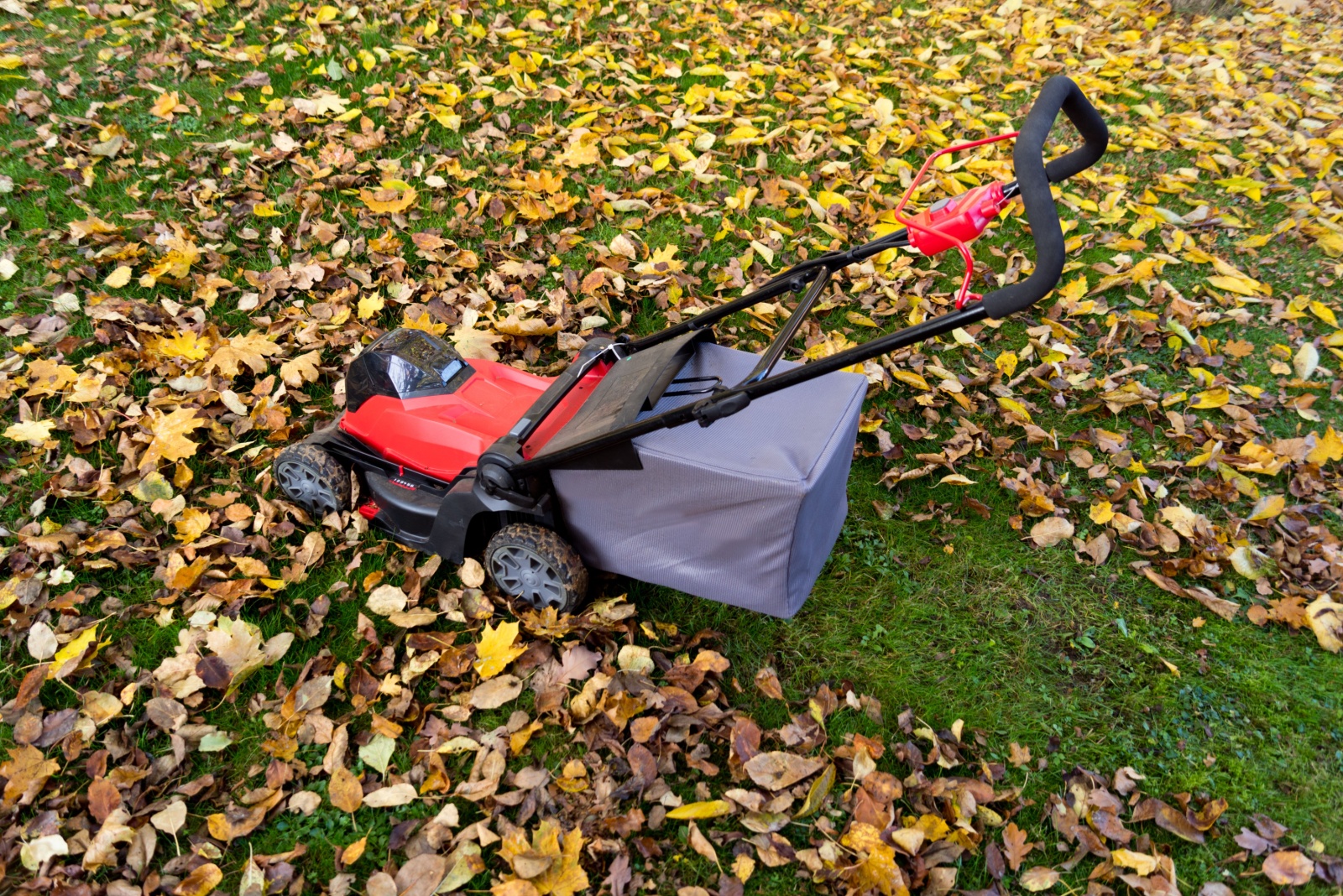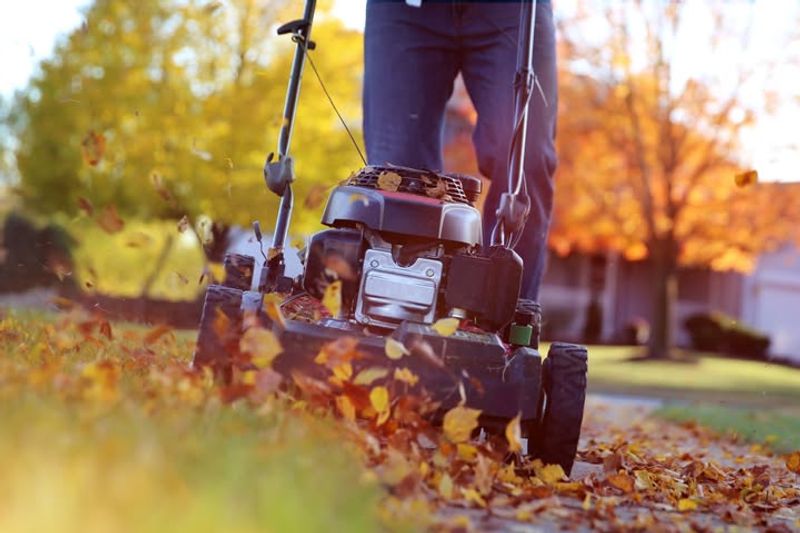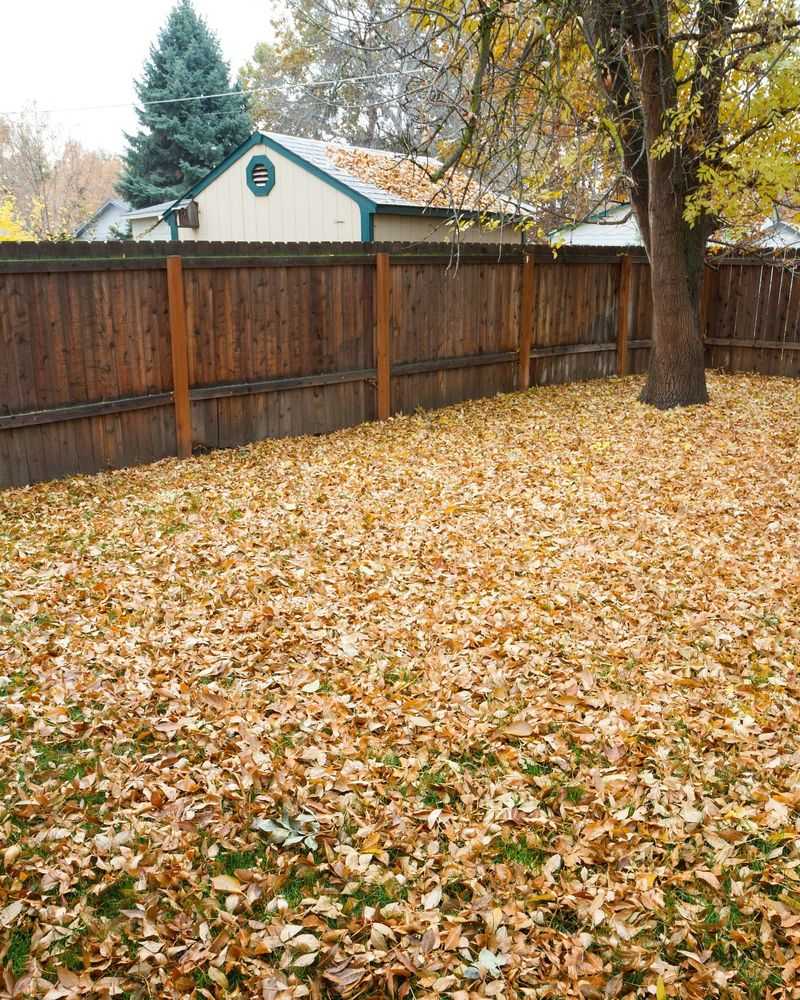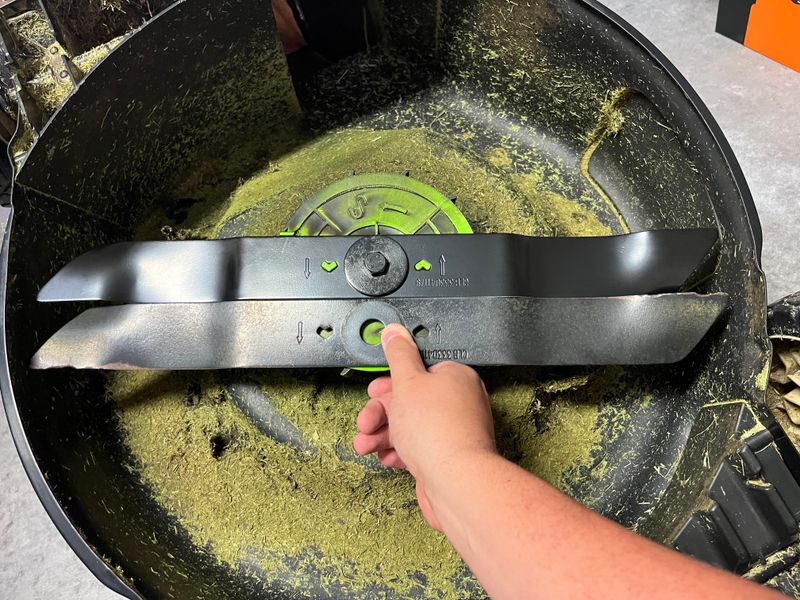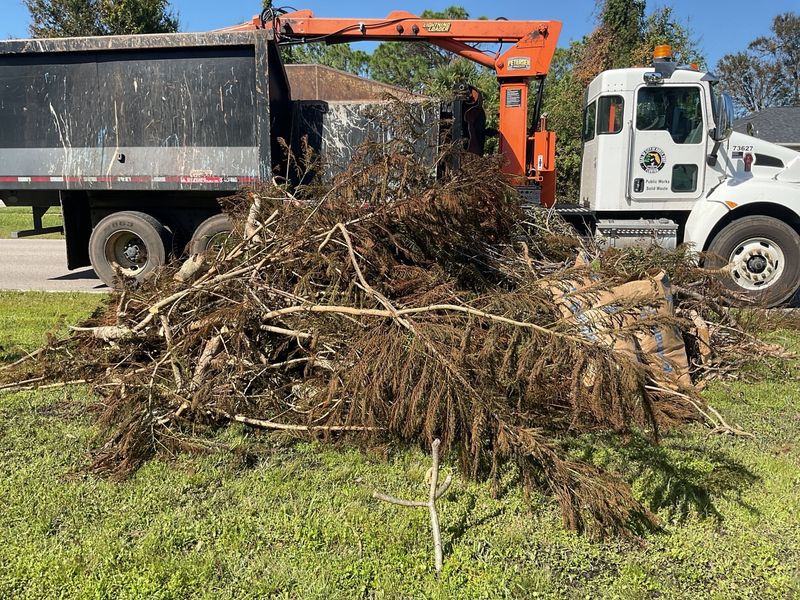Missouri lawns enter November with their own set of do’s and don’ts, and a mower in the wrong hands can stir up trouble faster than a cold front sweeping across the plains. Grass slows down, frost settles in, and timing turns into a make-or-break detail.
One slip in judgment invites damage that sticks around until spring. Smart mowing choices keep turf tough, tidy, and ready for winter’s punch, saving homeowners from headaches once warm weather rolls back in.
1. Mow Until Growth Stops Completely
Grass doesn’t follow the calendar—it grows based on temperature and moisture levels. Your lawn might still need trimming well into November if conditions stay mild in Missouri.
Keep an eye on blade height rather than the date on your calendar. Once temperatures consistently drop below 50 degrees and growth slows to a crawl, you can finally put away the mower for the season.
Skipping that last mow leaves your yard vulnerable to disease and pests hiding in tall grass.
2. Lower Your Blade Height Gradually
Cutting your grass shorter before winter arrives helps prevent snow mold and matting when the cold weather hits. But dropping the blade height all at once shocks the grass and weakens its roots.
Instead, reduce the cutting height by about half an inch with each mowing session during November. Aim for a final height around 2 to 2.5 inches.
This gradual approach keeps your lawn strong while preparing it for dormancy without causing unnecessary stress.
3. Mulch Those Fallen Leaves
Raking leaves takes forever, but your mower can handle them in minutes while feeding your lawn at the same time. Running over fallen leaves chops them into tiny pieces that decompose quickly and return nutrients to the soil.
Just make sure the leaf layer isn’t too thick—you should still see grass blades poking through. Multiple passes might be necessary after a heavy leaf drop.
This method saves time and gives your yard a natural fertilizer boost heading into the Missouri winter.
4. Keep Your Mower Blades Sharp
Dull blades tear grass instead of cutting it cleanly, leaving ragged edges that turn brown and invite disease. With November being your last chance to mow before spring, you want those final cuts to be clean ones.
Sharpen or replace your blades if you notice torn, frayed grass tips after mowing. A sharp blade makes all the difference in lawn health.
Professional sharpening costs less than twenty dollars and protects your grass through the harsh winter months ahead.
5. Avoid Mowing Wet Or Frosty Grass
Missouri November mornings often bring frost or heavy dew that makes grass slippery and clumpy. Mowing under these conditions creates uneven cuts and clogs your mower deck with wet clippings.
Wait until afternoon when the sun has dried things out and temperatures have risen above freezing. Wet grass also compacts more easily, damaging roots and soil structure beneath.
Patience pays off with a cleaner cut and healthier lawn that bounces back faster in spring.
6. Clear Debris Before Every Mow
Sticks, acorns, walnuts, and other fall debris hide easily in November grass and can turn into dangerous projectiles when hit by mower blades. Walking your yard before starting takes just minutes but prevents costly damage to your equipment.
Look for toys, rocks, pinecones, and anything else that doesn’t belong on the lawn. Hitting hard objects can crack mower housings, bend blades, or even cause injuries.
A quick inspection protects both your investment and anyone nearby during mowing.
7. Prepare Your Mower For Winter Storage
Once that final November mow is complete, don’t just roll your mower into the garage and forget about it. Leftover fuel can gum up the carburetor, and trapped grass clippings attract moisture and rust.
Drain or stabilize the fuel, clean the deck thoroughly, change the oil, and remove the spark plug. Taking thirty minutes now saves you headaches and repair bills when spring arrives.
Your mower will fire up easily next Missouri spring season and last many more years with proper winter care.

